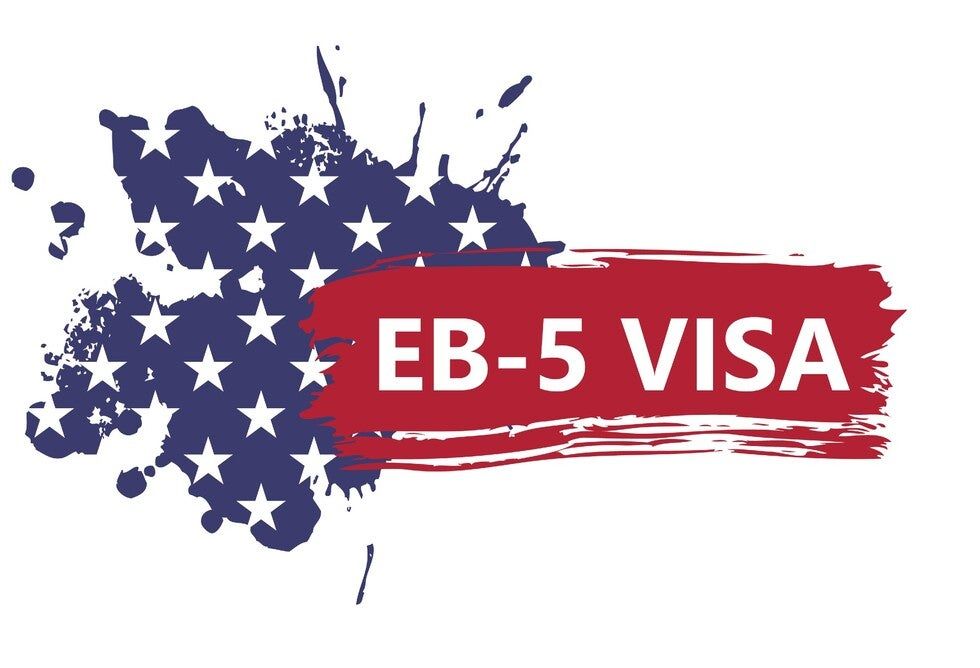What is EB-5 Immigrant Investor Regional Centers?
Contact Our Firm
We will get back to you as soon as possible.
Please try again later.
What is the Reginal Center?
Congress established the Regional Center Program, also known as the Immigrant Investor Pilot Program, in 1992 as a pilot program to test the viability of pooling investments in designated regional centers.
According to USCIS, an EB-5 regional center is a public or private economic unit in the United States that promotes economic growth. USCIS designates regional centers for participation in the Immigrant Investor Program.
To apply for USCIS designation as a regional center, file Form I-956, Application for Regional Center Designation.
EB-5 petitioners could make an investment in one of two ways: a direct investment or a regional center investment. An EB5 direct investment refers to any investment that bypasses a regional center. Direct investment options include activities such as: 1) launching your own enterprise; 2) acquiring an established business; or 3) injecting capital into an existing business. The Regional Center Program was different from the direct job creation (standalone) model because it allowed for the use of reasonable economic or statistical methodologies to demonstrate job creation.
Direct Investment vs. Investment through Regional Center EB-5: Pros and Cons
| Pros and Cons | Direct Investment | Reginal Center Investment |
|---|---|---|
| Management Control | Investors have more control over their investments and can choose the specific business or project to invest in, allowing for a more hands-on approach. | You have less control over the business or project, as it's managed by the regional center. This means you might not have a say in its day-to-day operations. |
| Job Creation | Investors can directly create jobs for U.S. workers, which is a key requirement of the EB-5 program. This can give you more assurance that your investment will meet the job creation criteria. | Regional center investments can count indirect and induced job creation, potentially making it easier to meet the job creation requirements. |
| Costs | Investors may have lower administrative and management fees compared to regional center investments, potentially resulting in higher returns. | You'll typically need to pay fees to the regional center, which can reduce your overall returns on investment |
| Active involvements | Direct investment often requires active management and day-to-day involvement in the business, which may not be feasible or desirable for all investors. | Regional center investments typically require less active involvement compared to direct investments. You can focus on your daily life while the regional center manages the project. |
| Time and Effort | Managing a business or project requires significant time and effort, which might be challenging if you're not experienced in running a business. | Regional center investments are typically passive, allowing you to focus on other activities. |
| Diverse Project Options | You are limited to investing in a targeted employment area (TEA) or rural area, which may restrict your investment options. | Regional centers often offer a wider range of investment projects, including those in urban areas, providing more choices. |

Ultimately, your decision between EB-5 direct investment and EB-5 regional center investment should be based on your personal preferences, risk tolerance, and the specific opportunities available to you. It's worth noting that a significant proportion of EB-5 investors opt for regional center investments due to their lower level of involvement and the assurance that job creation requirements have already been addressed during USCIS approval of the regional center's EB-5 project.
Contact Us For A Free 15-Minute Consultation
LL Law Firm is committed to answering your questions about California's Immigration Law, Estate Planning, Family Law, Probate, and Trust Administration law issues. Contact us today to schedule an appointment.
Office Location
Main Office
2999 Douglas Blvd, Suite180
Roseville, CA 95661
Mon: 09:00am - 05:00pm
Tue: 09:00am - 05:00pm
Wed: 09:00am - 05:00pm
Thu: 09:00am - 05:00pm
Fri: 09:00am - 05:00pm
Directions
All Rights Reserved | LL LAW FIRM
